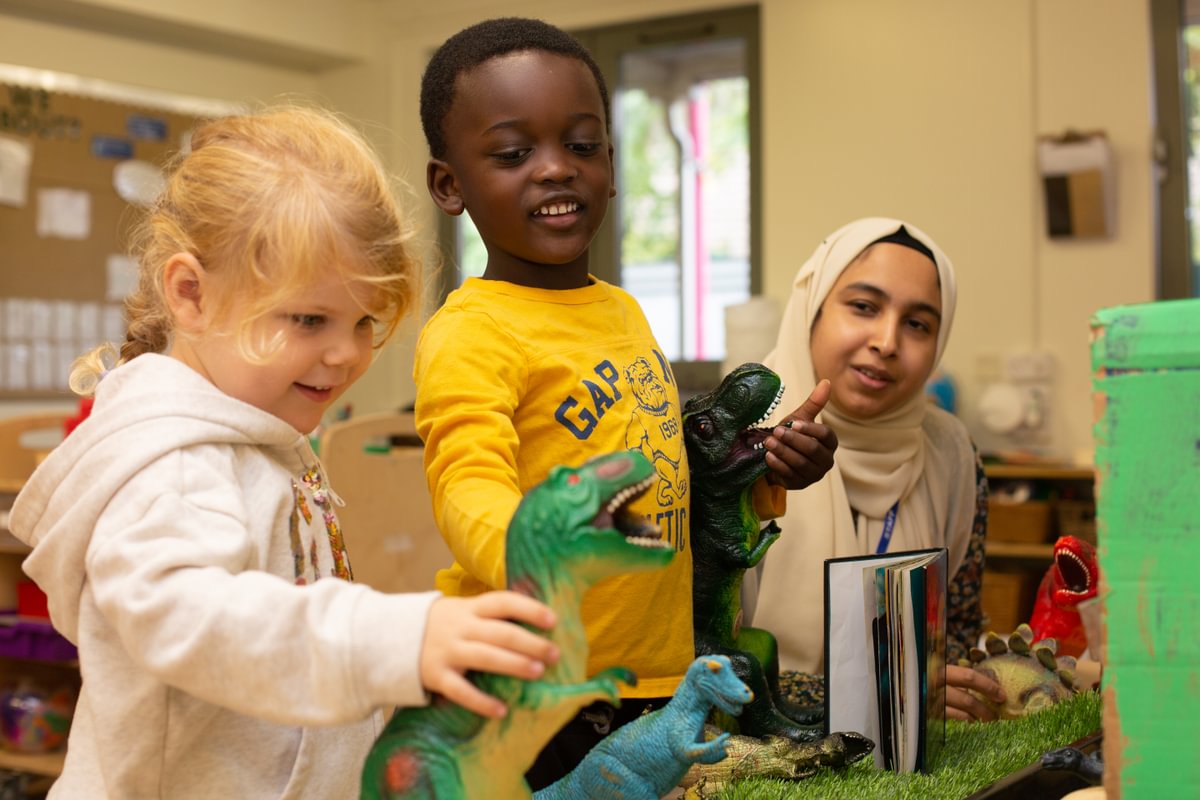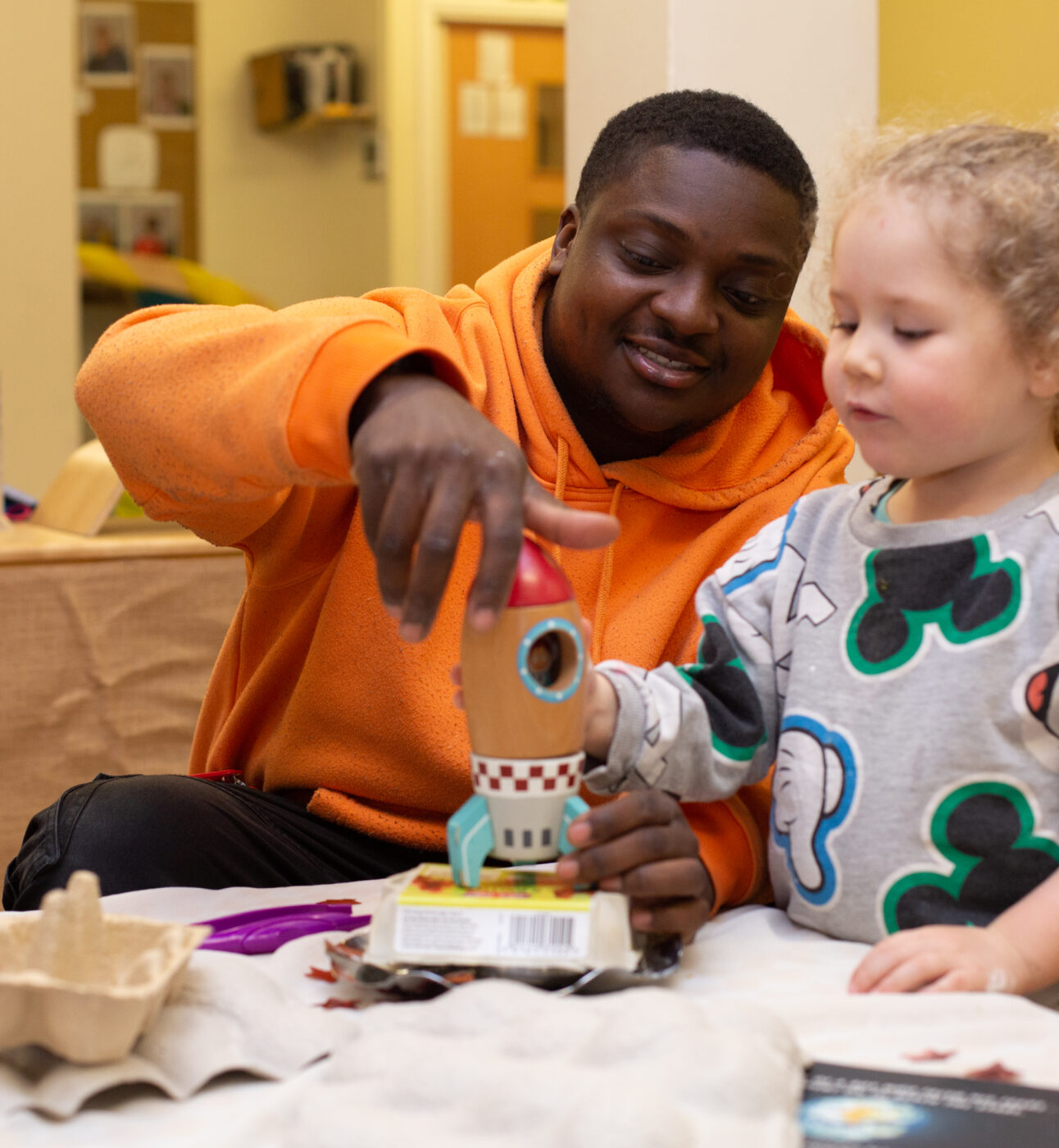
Could Social Enterprises fix the Childcare System?
Why the social enterprise model could be the solution to fixing England’s broken childcare system by expanding access to the communities that need it most. England is…
February 18th 2020
As Early Years’ teachers, we need to continually reflect on the purpose of education. This is crucial given the pressures we face to deliver what many would describe as a narrow curriculum. Froebel said that children needed to enjoy their childhood a point often forgotten in our modern world with the pressure on getting ready for school. Our job is to help children enjoy their childhood by providing an enriching and holistic education that develops their social, emotional, physical and cognitive skills through a relevant and empathetic pedagogy.
Kindness is an essential ingredient of this and central to their social development. Children need help for them to find their place in our modern society.
Unsurprisingly, being kind is good for your health. According to medical science it can make us feel happier, improve our mood and lower our blood pressure. Being kind comes with a serotonin kick and neuroscientists can see how the warm glow which comes from doing something rewarding activates the striatum part of the brain. Better still is that seeing someone else smiling or being kind automatically activates the same areas of our own brain as if we experienced the emotion for ourselves. It really is a case of smile and the world smiles with you!
Some years ago, we noticed the children were being unkind to each other, refusing to cooperate, ignoring their friends and being disrespectful to their environment. We had a long conversation about this and wondered why this was occurring. There is much unkindness outside so it’s not surprising they have not been inured to it. Too many of us take ourselves so seriously! We really believe l’Oreal and think we are worth it. Get over yourselves people, we are all little cogs in a big wheel and it will run much more easily if we pull together and show a bit of kindness. Of course, we see kindness too. I love the warm feeling I get when someone offers to help, picks up a dropped scarf, does a litter pick, gives me a seat when I am exhausted going home and thousands more examples.
However, we needed to help the children and so we held a planning meeting with them and expressed our confusion as to why they had started to be so unkind to each other and to their nice environment. We talked about why kindness mattered and how it helped their brains smile. The children engaged and began to think about what this meant for them. As an adult team we did not respond with a usual set of “golden” rules but re-framed the routine and the daily vocabulary around kindness. We actively used words such as modest, helpful, generous, courteous and considerate on a daily basis and noted examples of being kind, praising the children for showing spontaneous kindness such as helping a smaller child, running to get tissues, picking a toy up for a baby and all the little actions that once observed gave everyone a warm feeling.
We began by reframing the routine within the context of kindness and in doing so introduced much more vocabulary to enhance the children’s understanding of the concept of kindness. We also wanted to build in an appreciation of what we have and what we do.
We began by enhancing routine activities including:
Children started to describe what they saw as “being kind” and this was enhanced by a project on the Smartest Giant in Town by Julia Donaldson. We had lots of discussions about how kind the Giant was to share his clothes with all the animals he met and how he helped them. The children drew thank you cards for the giant and started to think about how they could improve kindness at home. Nothing like a little bit of pester power to shift behaviours at home! Parents engaged and sent photos with comments about kindness at home.
We introduced the kindness stones to talk about kind things that their friends do for them, kindness trees with leaves waiting to be decorated with examples of kind activities from children, staff, parents and visitors. Children made kindness books and displayed some of their kind acts for everyone to see. Children showed lots of spontaneous acts of kindness such as buddying a new child and caring for a child who was distressed became much more frequent. They made thank you cards for the cleaner, the milkman, the Sainsbury’s delivery driver, and the chef and delivered a flower on every desk at our Central Office. The practice of saying thank you has been integrated into core behaviour now.
Once the kindness culture was being developed indoors, we turned our attention to the community. Involving the parents was key and together they agreed to support some local charities such as the local Food Bank, donating to local charity shops, befriending the local Big Issue seller and raising money through the Micro Tyco project with Wildhearts Foundation. The children visited the knitting class at Age Exchange which resulted in them befriending Mary who has been knitting toys ever since. They visited our local elderly care homes to make homemade cakes, a practice that is now embedded in the routine and last year we have partnered with Generation 2 Generation to extend our community kindness.
We discovered Random Acts of Kindness Day and did lots of one-off things including taking to children out into the community to say thank you with cakes, flowers or cards to those in the community who help us every day. Children made biscuits and took them to the Mosque as worshippers left after Friday prayers, much to their delight and we also decorated candles to share with the local church.
The list is endless and there are many many more examples but what was the best was those changes to a daily routine where small acts of kindness are in evidence all the time and where staff talk about love and kindness within the context of a pedagogical concept as well as human nature and the common good. Kindness is contagious and it’s a virus worth catching.

Why the social enterprise model could be the solution to fixing England’s broken childcare system by expanding access to the communities that need it most. England is…

Social enterprises are driven by social justice and deliver a range of public services including health, social care, children, services, education, homelessness, housing, domestic abuse, public health, leisure, culture, employment,…

Continuing with the Christmas Advent tradition, on day nineteen of Christmas Advent 2019 let’s reflect on volunteering and why it is good for social purpose… https://leyf.org.uk/volunteering-is-good-for-our-social-purpose/ I am always…